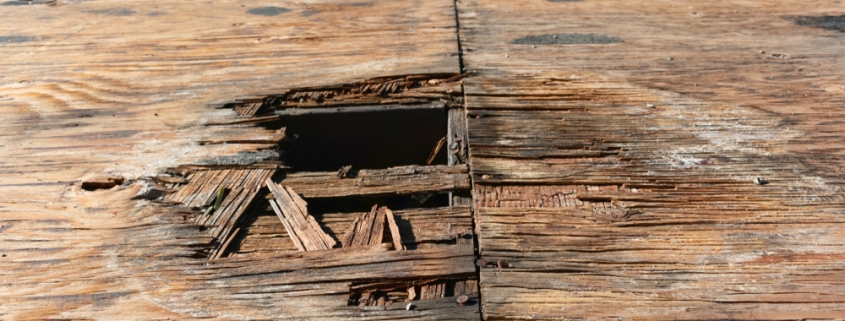Common Deck Issues Found During SB 326 Inspections and How to Address Them
Deck inspections are critical for ensuring the safety and longevity of outdoor living spaces in Southern California. From structural weaknesses to deteriorating materials, inspectors often encounter various issues that require attention. Understanding these common issues and how to address them is essential for maintaining a safe and functional deck. In light of SB 326 regulations, being vigilant about deck maintenance and safety is more important than ever.
Identifying Common Deck Issues with SB 326
Structural Weaknesses
Structural weaknesses are among the most prevalent issues found during deck inspections. Over time, exposure to the elements, improper construction, and lack of maintenance can compromise the deck’s support system. Inspectors often encounter rotting or deteriorating wood, corroded fasteners, and inadequate connections between components. These issues can weaken the deck’s structural stability, increasing the risk of collapses or accidents.
Moisture Damage
Moisture damage is another common problem observed during deck inspections, particularly in regions with high humidity or frequent rainfall. Water intrusion can lead to rot, decay, mold growth, and deterioration of wood. This will compromise the structural integrity and appearance of the deck. Inspectors often identify signs of moisture damage, such as soft or spongy areas, discoloration, or mold growth on decking boards, support structures, and railings.
Addressing Common Deck Issues for SB 326
Structural Repairs
Addressing structural weaknesses requires thoroughly assessing the deck’s support system and components. Depending on the severity of the damage, repairs may involve reinforcing or replacing deteriorated wood, installing additional support beams or joists, and upgrading fasteners or connectors to improve stability. It’s essential to enlist the services of qualified contractors or structural engineers to ensure that repairs are conducted according to industry standards and local building codes.
Moisture Management
Managing moisture is crucial for preventing further damage and preserving the longevity of your deck. Start by addressing any sources of water intrusion, such as clogged gutters, inadequate drainage, or damaged flashing. Improve ventilation to promote airflow and reduce humidity levels, especially in enclosed or shaded areas where moisture accumulates. Consider applying a waterproof sealant or stain to protect the wood from moisture penetration and UV damage. Regular maintenance is essential for preserving the integrity of your deck.
SB 326 Conclusion
Regular deck inspections are essential for identifying and addressing common issues that can compromise the safety and longevity of outdoor living spaces. By proactively addressing structural weaknesses, moisture damage, and other maintenance issues, deck owners can ensure the safety of occupants and protect their investment in their outdoor environment. With the implementation of SB 326 regulations, which require inspections for all residential structures, it’s more important than ever for deck owners to prioritize maintenance and safety. By staying vigilant and addressing issues promptly, deck owners can enjoy their outdoor living spaces with peace of mind for years to come.
Get in contact with Deck Inspectors of Southern California today by clicking here!
Deck Inspectors for Southern California is happy to offer our services in Los Angeles, Orange County as well as San Diego and all Southern California surrounding areas like: Glendale, Pasadena, Burbank, Santa Monica, Anaheim, Temecula, Vista, Escondido, Carlsbad, and El Cajon



